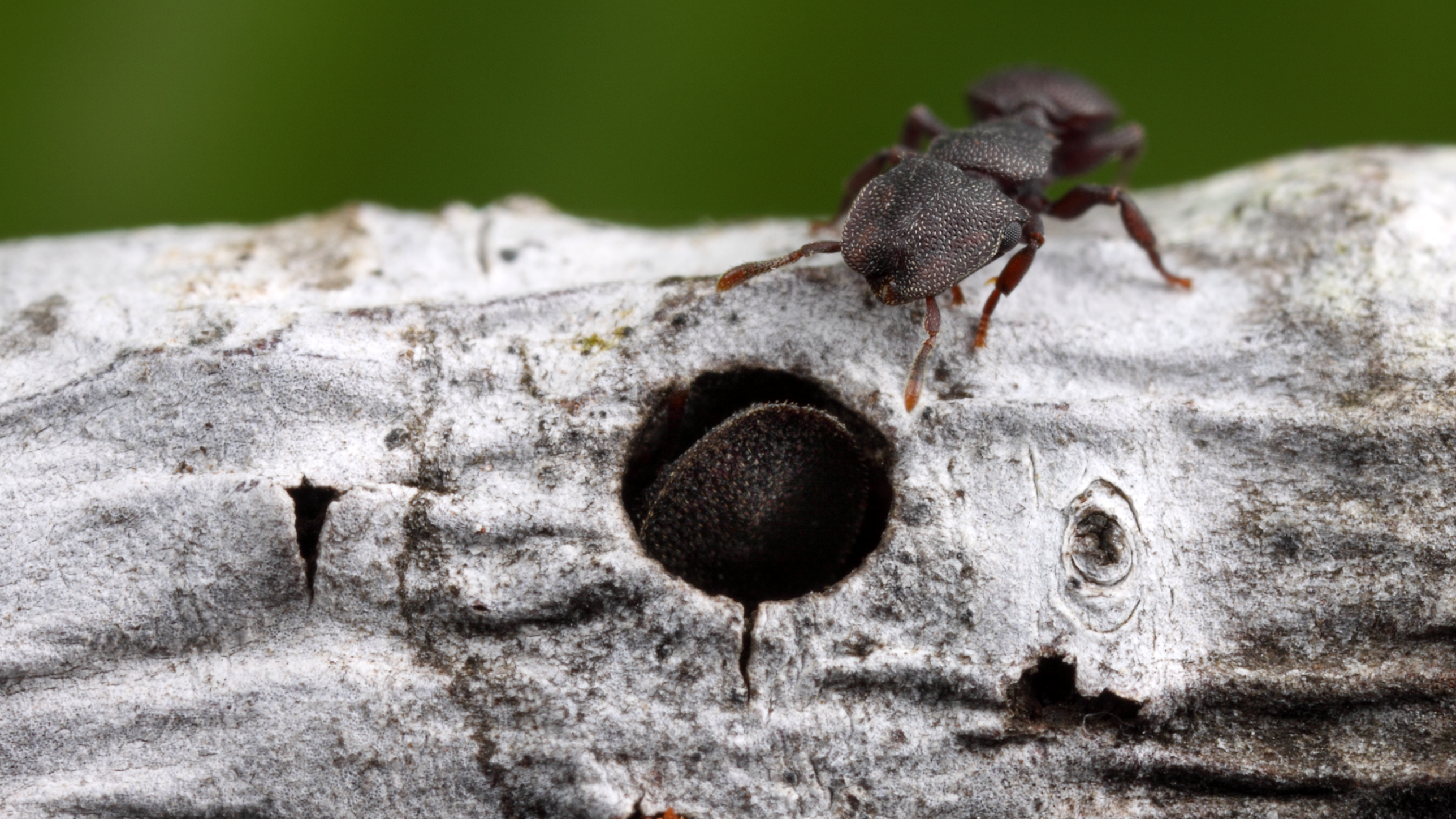The planet is thought to be home to quadrillions of ants, coming in all manner of shapes, colors, and sizes, and fit with all kinds of fascinating biology. But reader, we think we have a new favorite: turtle ants, not only because they have an excellent name, but because they also have thoroughly ridiculous-looking heads.
Turtle ants: an overview
Found in a range of habitats from the southern US to northern Argentina, turtle ants aren’t just one species – it’s the common name for the group of ants belonging to the genus Cephalotes, made up of 119 known living species.
“Turtle” is more than suited to them though, as similar to their namesakes, they tuck all their legs and antennae into an outer shell when things get a little scary.
Turtle ants also have a caste system. The number of different female castes within that system can sometimes vary between species, but in all colonies, there is only one queen. The rest of the system is made up of workers and soldiers, and it’s the latter that can lay claim to having the silliest heads.
What’s with the weird heads?
There’s more than one type of turtle ant soldier head to be found; some have enormous plate-shaped heads, others make a statement with a square, and some are amusingly-shaped but teeny tiny.
“There’s a whopping four-fold difference between the smallest and largest turtle ant soldier heads,” Scott Powell, an associate professor in biology at George Washington University, said in a statement discussing a turtle ant study he was involved in. “To help people picture this, I often say that the smallest species is able to sit comfortably on the head of the largest species.”
While they might look a bit silly to us, there’s actually a good reason why the soldiers have these unusual heads – they just so happen to make excellent doors for the colony’s nest, whether made of a singular dish-shaped head or multiple square ones.
Just about to start his shift.
In any case, it’s a job taken seriously, to the point where the soldier ants can end up literally screwing their heads into the wood to create a tight seal.
Unfortunately, doing such a good job can also come with a pretty gruesome downside.
“The soldiers have chunks bitten out of the rim of their head disks,” Powell told New Scientist. “Things have been biting at them and chewing at them and trying to get a purchase to yank them out. They bear the scars of this job of sticking their head in the hole all day long.”
And for that, turtle ant soldiers, we salute you.
Source Link: Meet Turtle Ants: The Insects Whose Ridiculous Noggins Double-Up As Doors
